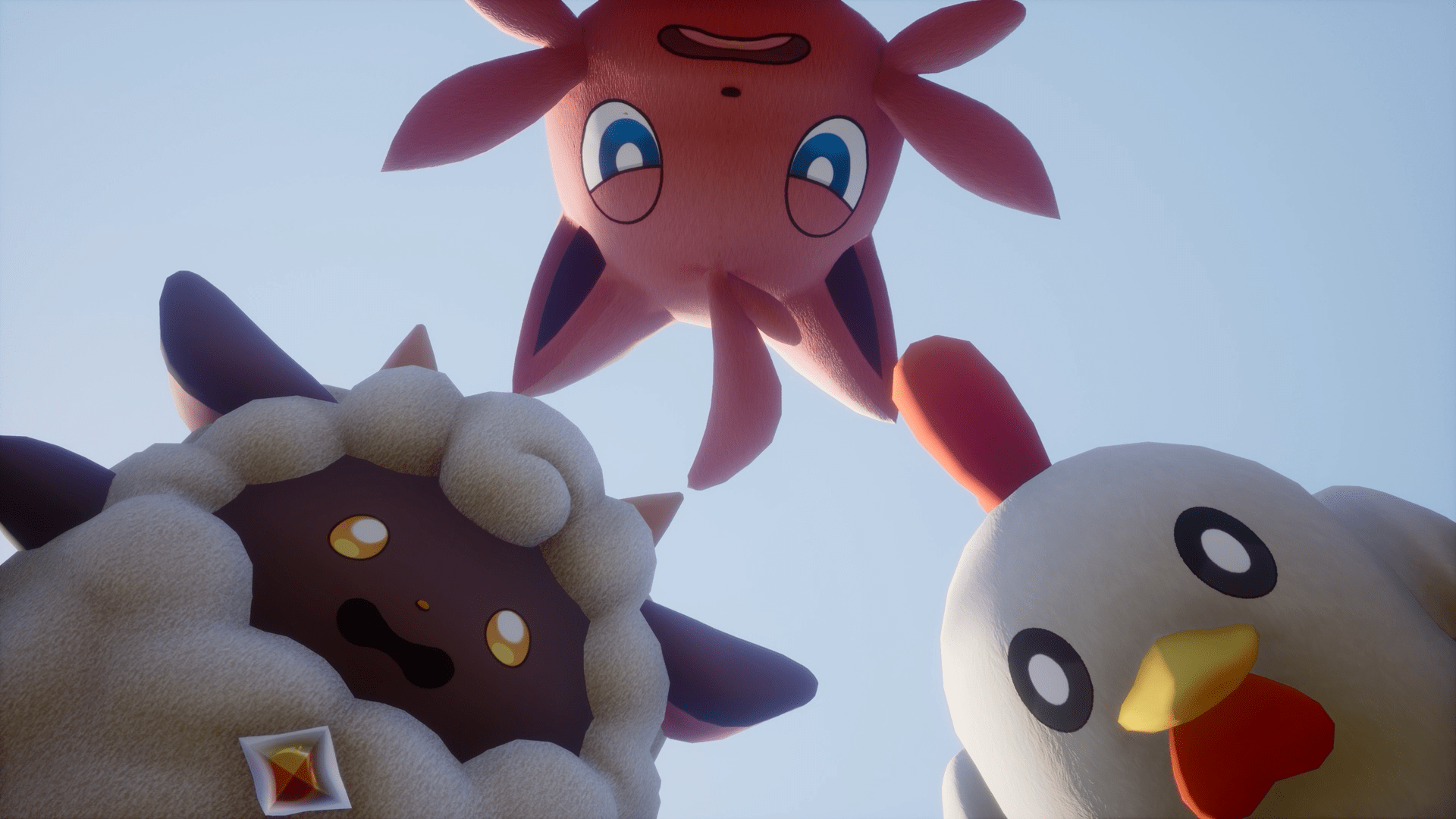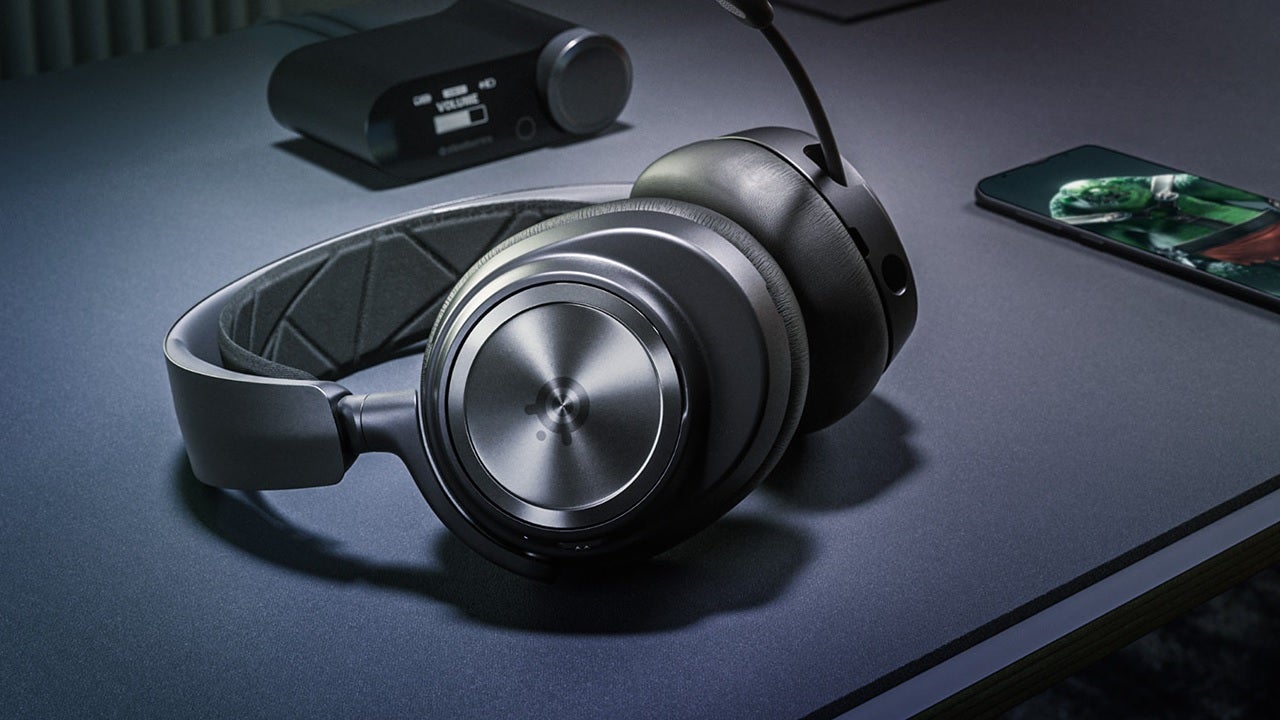
The Pokémon Company and Nintendo are suing Palworld developer Pocketpair in a Tokyo court over patent infringement, the companies announced jointly on Wednesday. Pocketpair responded to the lawsuit in a news release, saying it was “unaware of the specific patents” it’s accused of infringing. Without court documents — or specifics from The Pokémon Company — there’s no real way of knowing exactly what Nintendo and The Pokémon Company are looking at, but the use of patent infringement over copyright means this case likely isn’t over creature designs.

The conversation around Palworld has largely been around its Pokémon-like Pals, which do bear similarities to Pokémon. Take Palword’s Lamball, for example. Its appearance is quite similar to Pokémon’s Wooloo — and going beyond that, both are early game creatures to catch and battle with. But Nintendo and The Pokémon Company’s announcement on Thursday crucially did not include any mention of copyright infringement; instead, it cited patent breaches, something that suggests the lawsuit may involve the similarities in game mechanics, not Pals.
Nintendo and The Pokémon Company appear to have a patent in Japan (and a pending application in the United States) that covers a crucial mechanic of its Pokémon games: catching and releasing Pokémon. In the U.S., the original patent application is still under review, sent back to the filer on Aug. 13 in a “non-final rejection,” meaning it’s not an active patent.
The patent uses complicated — but precise! — language to depict exactly what’s covered, including lots of drawings and graphs to describe the processes that get to the on-screen action. Here’s the official summary:
In a first mode, an aiming direction in a virtual space is determined based on a second operation input, and a player character is caused to launch, in the aiming direction, an item that affects a field character disposed on a field in the virtual space, based on a third operation input. In a second mode, the aiming direction is determined, based on the second operation input, and the player character is caused to launch, in the aiming direction, a fighting character that fights based on the third operation input.


Simple line drawings show a person tossing a Poké Ball at dinosaurs and dragons. It’s likely, but remains unconfirmed, that this patent could come up in relation to Palworld. The Pal-catching sequence looks a lot like it does in Pokémon games and in The Pokémon Company and Nintendo’s patent filing: A person lines up the throw with a circular target, then throws a Pal sphere right at the creature. When a Pal is released into a battle, it all happens in reverse — just like in Pokémon games.
Nintendo and The Pokémon Company also published another continuation application in late August, relating to riding Pokémon. The riding Pokémon patent documents show a person riding a bird, fish, horse, and what looks to be a sloth rock-climbing. This one feels a little less relevant to the Palworld case; riding Pals doesn’t particularly resemble any of the drawings, save for the horse or fish, perhaps. But in both these cases, the drawings are backed up by pages of specificities that precisely spell out these situations and inputs — the details that make them unique in the eyes of the applicant.
But until Nintendo, The Pokémon Company, or Pocketpair share more information on the lawsuit, this is all speculation. Nintendo told press it “will refrain from commenting on topics that relate to the content of the lawsuit.” Nintendo, The Pokémon Company, and Pocketpair have not responded to Polygon’s request for more details.







